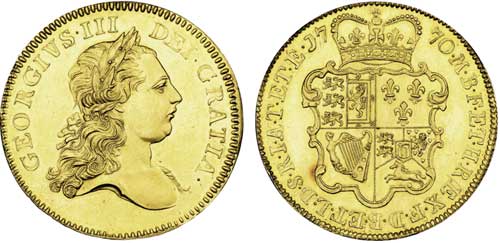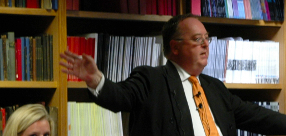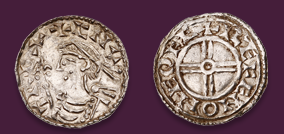
Auction: 5028 - The Samuel King Collection of Highly Important British Gold Coins
Lot: 179
xGeorge III, Pattern Five Guineas, 1770, 40.07g., by John Tanner, young long haired laureate bust right, georgivs.iii dei.gratia, toothed border both sides, rev. struck en medaille, crowned quartered shield of arms, seven hearts to Hanoverian arms, nine strings to Irish harp; date at top, .m.b.f.et.h.rex.f.d.b.et.l.d.s.r.i.a.t.et.e. edge lightly striated (W&R.76 R4; L&S 1; S.3723A), slightly double struck, scratch on reverse between R and E of rex, smaller hairline on obverse, small rim nick, red spot on reverse, otherwise good extremely fine, extremely rare Estimate £ 35,000-40,000 Strauss Collection, Sotheby, 26 May 1994, lot 214Large denomination gold coins had ceased to be struck for circulation after 1753. A recoinage of gold was planned during the late 1760s culminating in a successful issue of Guineas and Half Guineas in the 1770s. The Pattern Five Guineas of 1770 and the Pattern Two Guineas of 1768 are generally attributed to John Sigismund Tanner, the Mint´s Chief Engraver from 1741-68, though some have argued the dies were the work of his successor, Richard Yeo, who almost certainly engraved the dies for the Pattern Five Guineas of 1773. The Five and Two Guinea denominations were never struck again as the great recoinage of 1817 introduced new denominations. From our records we can only trace the existence of three specimens each of the 1770 and 1773 issues of Pattern Five Guinea pieces.
Sold for
£70,000




